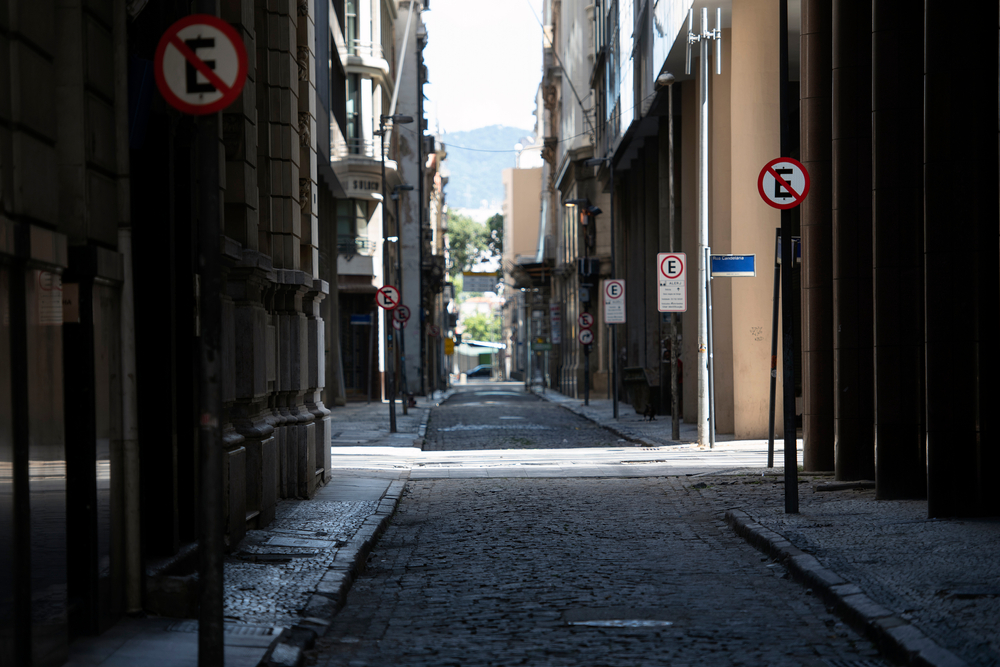The pandemic rages on in Brazil. Several states have enforced tight restrictions in a desperate attempt to lower infection rates and avoid a full-scale collapse of local health services. While these measures are in line with recommendations from experts, they exert an economic toll on poor populations, most of whom are already relegated to informal jobs that depend greatly on the in-person economy. Though many states are rolling back restrictions, labor conditions will likely remain precarious for months to come.
Since May 2020, when the Brazilian Institute of Geography and Statistics began measuring the effects of the pandemic on households, there has been an uptick in unemployment rates to historic highs (currently unemployment is at 14.2 percent). The data, however, does not measure the full scale of the problem. The number of discouraged workers jumped from 4.6 to 5.9 million within the past year, a 25-percent increase.
The continuing deterioration of economic conditions should force many of them to seek jobs in the near future, thus pushing unemployment rates higher still.
“If Brazil’s labor force were growing at the same pace as prior to the pandemic (1.1 percent per year), we would have a 19.8-percent unemployment rate at...


 Search
Search






































